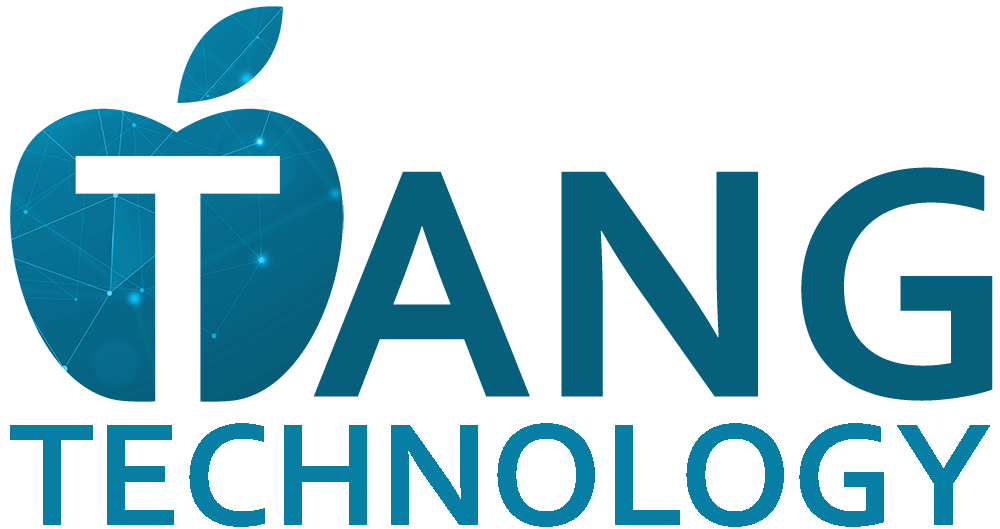Organizations are spending billions on learning management systems (LMS), virtual learning platforms, and AI-driven training tools. However, without a well-defined Learning Technology Strategy, these investments can become costly mistakes rather than catalysts for growth.
So, what exactly is a Learning Technology Strategy?
At its core, a Learning Technology Strategy is a roadmap that helps organizations select, implement, and optimize learning technologies to improve training effectiveness while aligning with business objectives. It’s not a rigid set of instructions but rather a strategic guide that ensures technology investments are purposeful and impactful.
Why Does a Learning Technology Strategy Matter?
A well-crafted Learning Technology Strategy plays a vital role in:
- Guiding Investment Decisions
- Supporting Operational Execution
- Enabling Innovation and Managing Disruption
1. Guiding Investment Decisions
With organizations spending $10 billion annually on LMS solutions and $20-30 billion on HR technology globally, the stakes are high. A poorly chosen technology can lead to wasted resources, frustrated learners, and unmet business goals. A Learning Technology Strategy ensures that investments are:
- Tied to Business Objectives: Every tech purchase should have a clear purpose, whether it’s improving employee onboarding, increasing compliance training completion rates, or enhancing leadership development programs.
- Prioritized Based on Outcomes: Instead of chasing the latest tech trends, organizations should evaluate solutions based on their expected impact on learning and business performance.
- Integrated with the HR Ecosystem: Learning technology should seamlessly connect with HR functions like talent management, recruitment, and performance tracking.
Key Question: Before purchasing a new LMS or learning platform, ask: How does this support our long-term learning and business goals?
2. Supporting Operational Execution
A Learning Technology Strategy isn’t just about choosing the right tools—it’s about ensuring those tools are used effectively within the organization’s existing technology ecosystem.
Learning Technology Key Considerations:
- Who owns the learning technology budget? Enterprise IT, HR, and Learning & Development (L&D) must collaborate on budget allocation and decision-making.
- How do different systems integrate? A learning platform should work seamlessly with other systems, such as payroll, time tracking, and customer relationship management (CRM) tools.
- What are the governance structures? Organizations need clear accountability and decision-making processes for managing learning technology investments.
A lack of strategic alignment can lead to inefficiencies, where technology exists but isn’t fully utilized. For example, employees may not complete training programs if the LMS is difficult to navigate or disconnected from their day-to-day workflows.
Key Question: Is our learning technology fully integrated with our organization’s workflow, or is it creating more barriers than solutions?
3. Enabling Innovation and Managing Disruption
The learning technology landscape is constantly evolving, with AI, virtual reality (VR), and adaptive learning reshaping how training is delivered. However, not every new technology is worth the investment. A strategic approach ensures organizations:
- Position themselves to maximize the value of new technology while avoiding unnecessary risks.
- Apply a methodical, intentional approach to innovation—balancing excitement with skepticism.
- Establish “guardrails” for evaluating emerging technologies, ensuring they align with both learning and business needs.
Example: The Hype Cycle
Many organizations fall into the trap of chasing tech trends without assessing their long-term value. Gartner’s Hype Cycle illustrates how technologies go through an initial peak of inflated expectations, followed by a trough of disillusionment before finally reaching productive use.
Key Question: Are we adopting new technologies strategically, or are we being swept up by the hype?
A Strategy-First Approach to Learning Technology
Technology alone doesn’t drive learning success—strategy does. A Learning Technology Strategy ensures that investments are aligned with business goals, integrated into workflows, and adaptable to future innovations.
Key Takeaways:
- Every tech investment should have a clear purpose and measurable outcomes.
- Learning technology must be integrated into broader HR and enterprise systems.
- A structured approach to innovation prevents wasteful spending on overhyped solutions.
By developing a strategic roadmap, organizations can maximize the value of their learning technology investments—creating better learning experiences and stronger business outcomes.
Need help aligning your learning technology with your business goals? Schedule a free consultation with Tang Technology to assess your Learning Technology Strategy.

